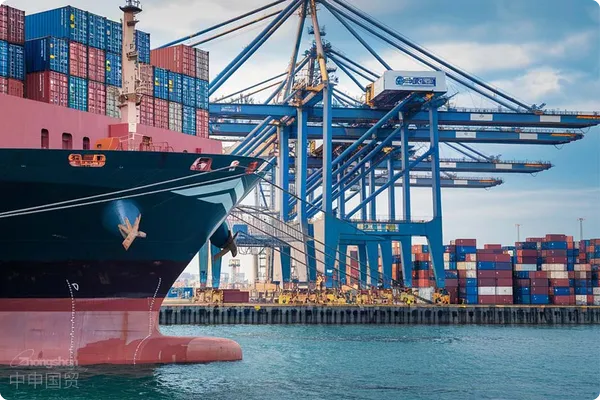- Shanghai Zhongshen International Trade Co., Ltd. - Two decades of trade agency expertise.
- Service Hotline: 139 1787 2118

Current industry status of customs clearance for imported large-scale equipment.
According to the latest customs statistics for 2025, China's industrialEquipment ImportsThe total amount is expected to exceed $280 billion, with equipment weighing over 5 tons accounting for 37% of the total. The customs clearance time for such equipment is 2.3 times longer than that for regular goods, among which72% of delay casesArises from avoidable factors such as incomplete declaration elements or suboptimal transportation plans.
Breakdown of the Customs Clearance Process for Large-Scale Equipment
The typical import process consists of three key stages:
- Pre-declaration stage
- Accurate HS code positioning (error rate must be controlled within 3%).
- Handling of the import license for mechanical and electrical products
- Feasibility verification of transportation routes
- Physical transportation phase
- Special Container Selection (Open-top/Flat-rack Container Compatibility Assessment)
- Pre-confirmation of Port Handling Capacity
- Investigation on Height and Weight Restrictions for Inland Transportation
- On - site inspection stage
- Compliance Review of Safety Warning Signs
- Special Equipment Registration for Pressure Vessels
- IPPC Certification Verification for Wooden Packaging
The Core Differences Between Autonomous Operations and Agency Services
- Time cost comparison: A case study of machine tool imports revealed that self-customs clearance took 38 days, while agent-assisted clearance required only 22 days.
- Cost Composition Analysis:The proportion of demurrage fees decreased from 21% to 6%, and the incidence of late declaration penalties dropped to zero.
- Data - Driven Decision - Making: The dispute resolution success rate for classification has increased to 92%.
Equipment type corresponds to service plan
Precision Instruments Category: Configure a constant temperature transport monitoring system, and a vibration test report must be submitted simultaneously during declaration.
Construction Machinery Category: Focus on handling environmental certification for diesel engines and coordinate with local customs to implement destination inspections.
Complete production lines:Adopt a batch-by-batch customs declaration strategy, combined with technical drawing filing to reduce the probability of container inspection.
Practical Case: Optimization of Import for an Automotive Production Line
A German stamping equipment import project faced three challenges:
- Modular division of equipment leads to classification disputes.
- The pressure value of the hydraulic system exceeds the recorded range.
- Inland transportation requires passing through three restricted zones.
After the implementation of the agency service solution:
- The pre-classification ruling reduces document review time by 5 working days.
- The use of split transportation resolves height restriction issues, saving 120,000 yuan in road modification costs.
- Coordinate joint inspections at the three major ports to avoid duplicate unpacking losses.
Key points for selecting agent services in 2025
- Inspection exception handling response speed (2-hour emergency response mechanism)
- Update frequency of the special equipment registration database (weekly updates as the baseline)
- Professional Composition of the Customs Team (must include personnel with a mechanical engineering background)
Related Recommendations
? 2025. All Rights Reserved. Shanghai ICP No. 2023007705-2  PSB Record: Shanghai No.31011502009912
PSB Record: Shanghai No.31011502009912










